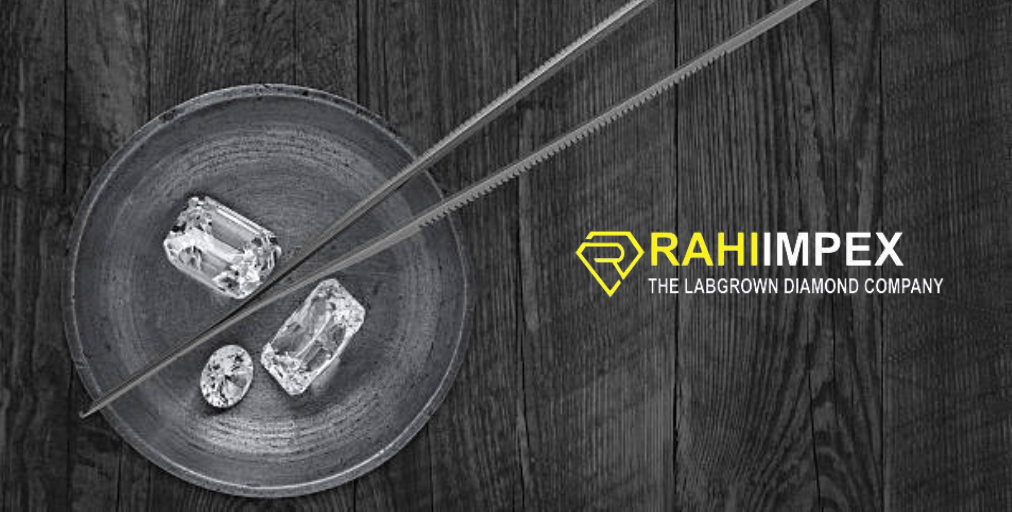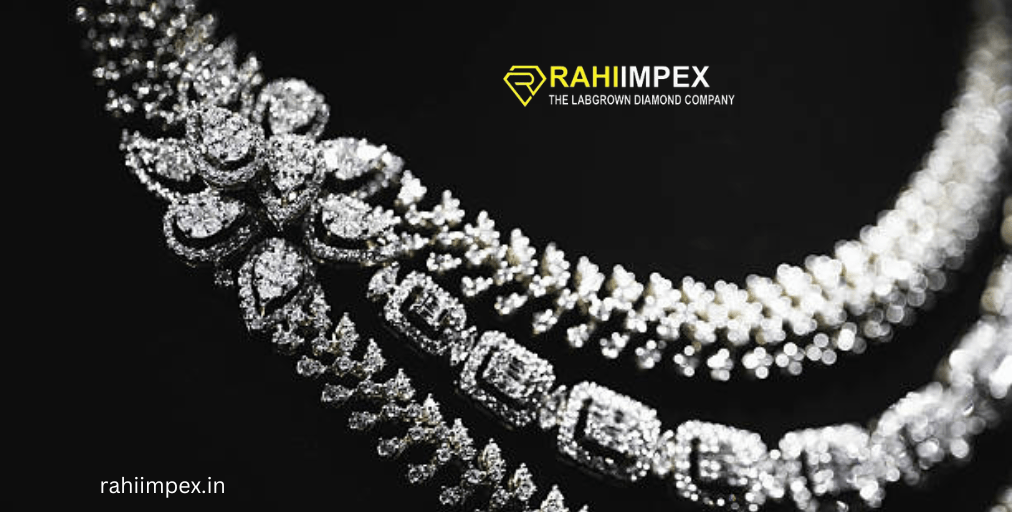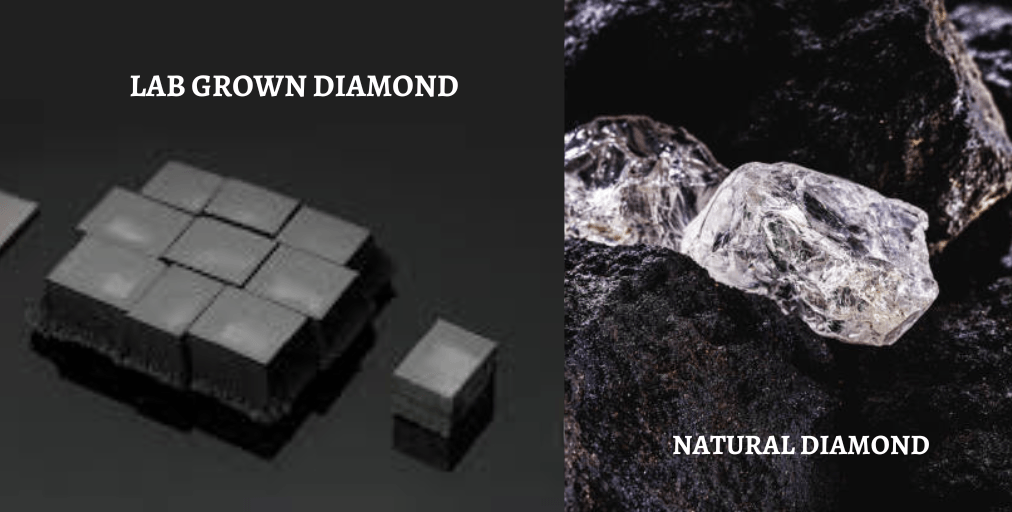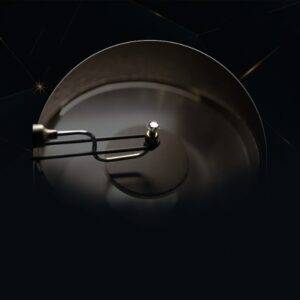The Genesis of Lab-Grown Diamonds: Evolution and Advancements
Introduction
The demand for diamonds has always been high, but the traditional diamond mining industry comes with many challenges. The emergence of lab-grown diamonds has brought a new solution to the market. In this blog post, we will explore the evolution and advancements in the manufacturing of lab-grown diamonds, including the process, the advantages, and the manufacturers.
The Process of Lab-Grown Diamond Manufacturing
Lab-grown diamonds are created using advanced technologies that mimic the conditions that natural diamonds are formed under. There are two main methods of lab-grown diamond manufacturing:
Chemical Vapor Deposition (CVD)
CVD is a popular method used in the creation of lab-grown diamonds. It involves placing a small diamond “seed” into a chamber and exposing it to high temperatures and gases, such as methane and hydrogen. The gases then break down and the carbon atoms attached to the seed, causing the diamond to grow layer by layer.
High-Pressure High Temperature (HPHT)
HPHT is another method used to manufacture lab-grown diamonds. In this process, a small diamond seed is placed in a press and subjected to extreme heat and pressure. The carbon source, usually graphite, is then added, and the diamond grows layer by layer.
Advantages of Lab-Grown Diamonds
There are several advantages of lab-grown diamonds over mined diamonds, including:
Ethical and Environmental Considerations
Lab-grown diamonds are conflict-free and do not contribute to the environmental destruction caused by traditional diamond mining. Additionally, the manufacturing process of lab-grown diamonds uses less energy and produces fewer carbon emissions.
Consistency and Availability
Lab-grown diamonds are created in a controlled environment, which means that they are more consistent in quality and availability than natural diamonds.
Cost
Lab-grown diamonds are generally less expensive than natural diamonds due to their manufacturing process.
Lab-Grown Diamond Manufacturers
India is currently the largest producer of lab-grown diamonds, with several manufacturers operating in the country. Some of the top lab-grown diamond manufacturers in India include:
1. Ada Diamonds
Ada Diamonds is a California-based manufacturer that specializes in luxury lab-grown diamonds. They offer a wide range of shapes, sizes, and colors to choose from.
2. Pure Grown Diamonds
Pure Grown Diamonds is another well-known manufacturer that produces lab-grown diamonds using both CVD and HPHT methods. They have a wide range of products, including engagement rings and jewelry.
3. Diamond Foundry
Diamond Foundry is a San Francisco-based lab-grown diamond manufacturer that uses renewable energy to power its manufacturing process. They have partnerships with several luxury jewelry brands and offer high-quality, ethical diamonds.
Conclusion
The production of lab-grown diamonds has revolutionized the diamond industry. With their ethical and environmental considerations, consistent quality, and lower cost, lab-grown diamonds are becoming increasingly popular among consumers. As technology continues to evolve and improve, we can expect to see even more advancements in the manufacturing of lab-grown diamonds.
The Genesis of Lab-Grown Diamonds: Evolution and Advancements Read More »






